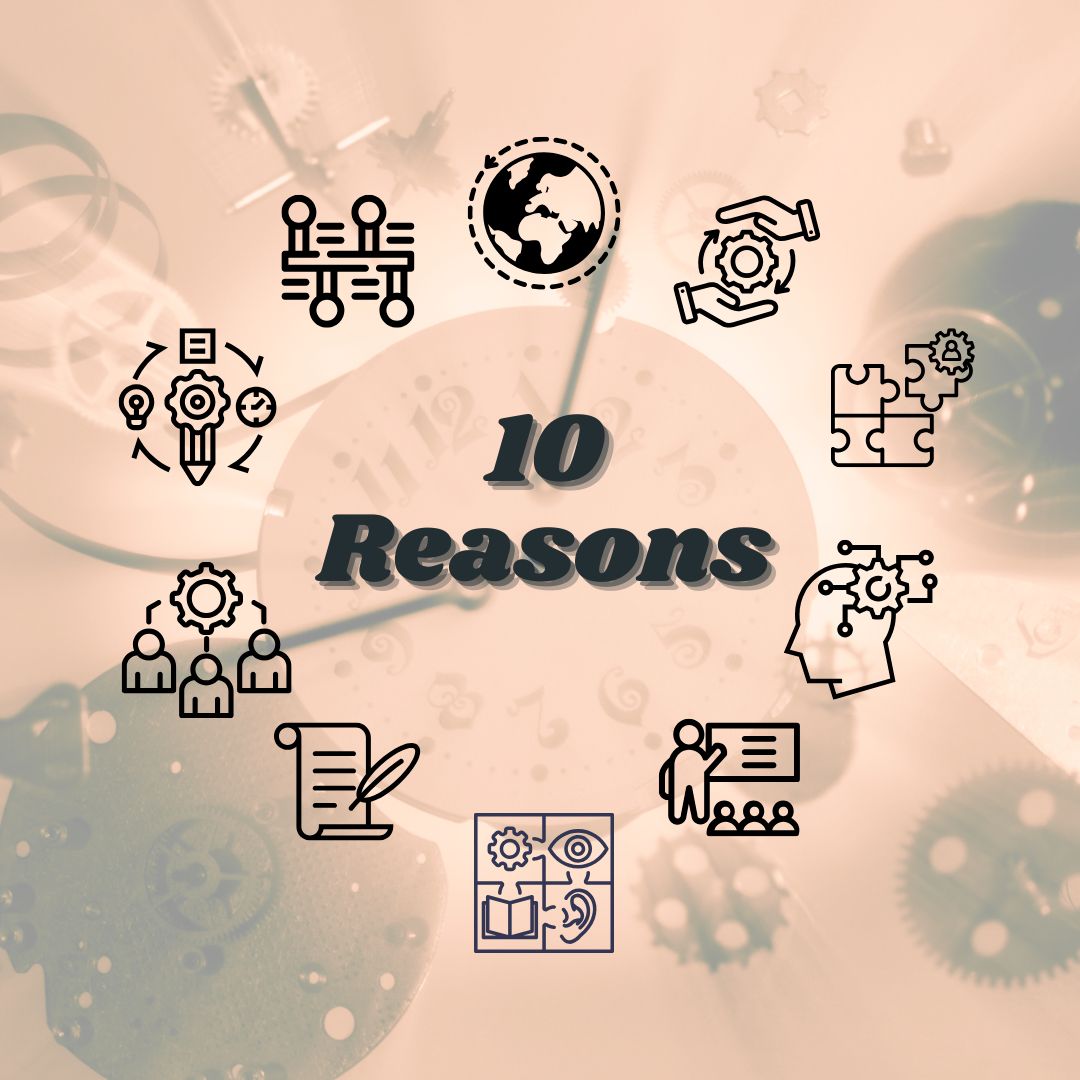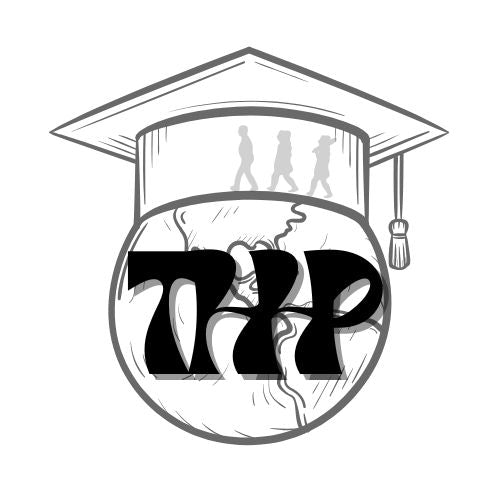
10 Reasons Why Teaching a Broad History Framework Trumps Local Focus in Middle School
Share
In today’s increasingly globalized world, educators are tasked with shaping students’ understanding of the past while ensuring they are well-prepared for the future. For history teachers, one critical choice lies in deciding whether to teach history through a broad, chronological framework or focus on more localized, regional topics. Research suggests that adopting a chronological, world history approach offers numerous advantages, especially for middle school and Key Stage 3 students. Here are ten compelling reasons why a broad history framework is the better choice.
1. Encourages Global Awareness
World history helps students connect events, ideas, and people across time and space, fostering a deeper understanding of the global forces that have shaped the world. By teaching a chronological history framework, students gain a holistic view that is often missing in localized history teaching. According to Stearns (2015), global history fosters empathy and a greater appreciation of cultural differences, which is essential in a multicultural society.
2. Develops Critical Thinking Skills
A broad historical framework provides ample opportunities for students to engage with complex, interwoven events. By tracing the development of civilizations over time, students are encouraged to analyze cause and effect, draw comparisons, and evaluate different perspectives. This not only strengthens critical thinking skills but also enables students to make connections between past and present issues (Wineburg, 2001).
3. Prepares Students for Higher-Level History Studies
Students who study history chronologically are better equipped to understand the thematic and chronological structures that underpin advanced history courses. A world history framework helps students grasp key historical concepts such as continuity and change, progress, and the impacts of historical events, which are essential for success in high school and university-level history (Barton & Levstik, 2004).
4. Addresses 21st-Century Learning Skills
Modern education emphasizes the development of skills such as communication, collaboration, and digital literacy. A world history framework provides a natural setting for these skills to flourish. According to the Partnership for 21st Century Learning (2019), history education that connects students to global themes encourages collaboration, critical thinking, and problem-solving, all of which are vital for success in the modern world.
5. Promotes Chronological Understanding
One of the most significant advantages of a broad history framework is the chronological structure it provides. Teaching history in a linear timeline helps students understand the relationships between different historical periods, facilitating a deeper understanding of how past events lead to present-day circumstances. This chronology also allows students to grasp the long-term effects of major global events, such as the rise and fall of empires, revolutions, and industrialization (Blanchard, 2012).
6. Fosters a Sense of Continuity and Change
A chronological, world history approach emphasizes both continuity and change, two fundamental concepts in historical thinking. This approach allows students to see how societies evolve, adapt, and respond to challenges over time. By learning about diverse civilizations, students develop an appreciation for the ways in which cultures evolve while maintaining key traditions. This understanding is essential for fostering a sense of identity and continuity (Pinar et al., 2014).
7. Encourages Interdisciplinary Connections
World history does not exist in isolation; it intersects with other fields such as geography, economics, politics, and science. By teaching history in a chronological and broad context, teachers can encourage students to make interdisciplinary connections. For example, the industrial revolution ties into economic theory, while global trade and exploration link to geography and economics. This interdisciplinary approach not only enriches the students' knowledge base but also supports a more comprehensive understanding of how the world operates.
8. Cater to Diverse Learning Styles
A world history curriculum that follows a chronological framework can be adapted to suit various learning styles. For visual learners, timelines, maps, and multimedia resources can bring historical events to life. Kinesthetic learners can engage with role-playing, simulations, and hands-on projects related to different time periods. By integrating different teaching strategies, educators can ensure that all students are engaged and able to grasp complex historical concepts (Gardner, 2006).
9. Improves Historical Literacy
One of the primary goals of history education is to improve students’ historical literacy, which is essential for informed citizenship. World history exposes students to different cultures, historical narratives, and diverse viewpoints, broadening their historical understanding and preparing them to participate in the global conversation. As the National History Standards (1996) point out, historical literacy enables students to interpret current events, understand global issues, and participate meaningfully in democracy.
10. Addresses Common Pain Points for Teachers
For many teachers, managing content overload and ensuring students retain key concepts can be overwhelming. By teaching world history in a chronological format, educators can streamline their curriculum, focus on essential content, and avoid getting bogged down in excessive detail. A well-structured world history framework also provides a clear road map for pacing and assessments, making it easier for teachers to manage their time and resources effectively (Barton & Levstik, 2004).
Teaching a broad, chronological framework in history provides numerous benefits, including global awareness, critical thinking skills, and a deeper understanding of the connections between past and present. However, we recognize that developing and delivering such a curriculum can be challenging, especially when resources and time are limited.
That’s where The Human History Project comes in! Our comprehensive, digital history resources are designed specifically for middle school and Key Stage 3 educators, offering a chronological framework that is both engaging and easy to implement. With a focus on 21st-century skills and interdisciplinary connections, The Human History Project makes it easier than ever to provide your students with the world history education they need to succeed.
Visit our website to discover how our resources can enhance your teaching and empower your students to think critically about the world’s past.
References
Barton, K. C., & Levstik, L. S. (2004). Teaching history for the common good. Lawrence Erlbaum Associates.
Blanchard, L. A. (2012). Teaching and learning history in the digital age. Routledge.
Gardner, H. (2006). Multiple intelligences: New horizons in theory and practice. Basic Books.
National History Standards. (1996). National standards for history: The national history standards for grades K–4, 5–12. National Center for History in the Schools.
Partnership for 21st Century Learning. (2019). Framework for 21st century learning. P21.
Pinar, W. F., Reynolds, W. M., Slattery, P., & Taubman, P. M. (2014). Understanding curriculum: An introduction to the study of historical and contemporary curriculum discourses (4th ed.). Peter Lang.
Stearns, P. N. (2015). World history: The basics. Routledge.
Wineburg, S. (2001). Historical thinking and other unnatural acts: Charting the future of teaching the past. Temple University Press.
